All about feeding cucumbers in the greenhouse

Garden greenhouses are not new. In such a structure, special conditions are organized to increase the yield of certain crops. Cucumbers are easy to grow in a greenhouse. They bear fruit early and are practically not susceptible to disease. The main thing is to fertilize cucumbers correctly and on time.
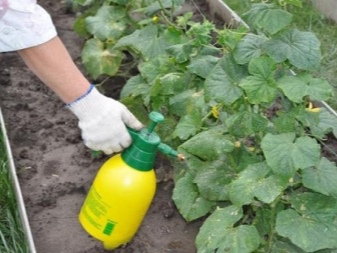
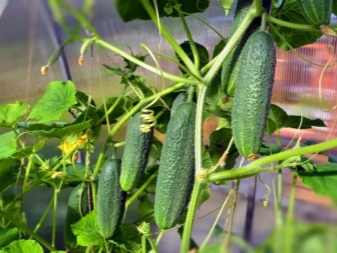
Application methods
Fertilizers play an important role in plant development. Fertilizing cucumbers in a greenhouse can be done in several ways. Each type has its own characteristics and advantages. Proper feeding guarantees the harmonious development of the plant.

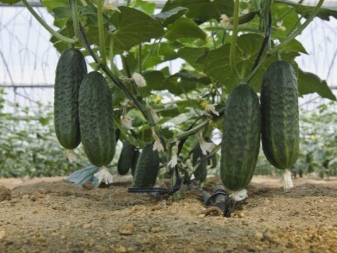
Root
Fertilizing in this way is very easy. It is necessary to water the plants at the root. Both mineral and organic compounds are used. The procedure is carried out in the absence of direct sunlight. Adding dry fertilizer to a hole or soil is also considered a root bait.
With gradual dissolution, substances enter the plant. Root dressing is suitable exclusively for healthy cucumbers with a developed rhizome. The fertilizer results show up gradually.

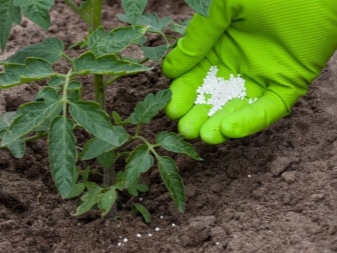
During the season, such dressings are made at least 4 times.
Foliar
This type of care is considered an emergency measure. The procedure is carried out by spraying on a leaf. It is important to ensure that the substance falls on the bottom of the plate. There are stomata, which absorb moisture.
Foliar dressing is carried out in a cool time, when the rhizome cannot assimilate nutrients. Spraying is beneficial for stress. And also the method is used during the period when the plant is weakened by the disease. For foliar feeding, the concentration is 2 times less than for watering.
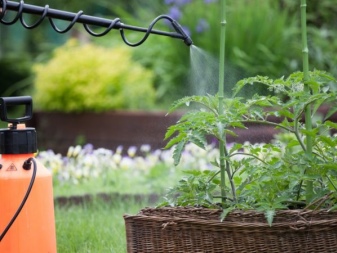
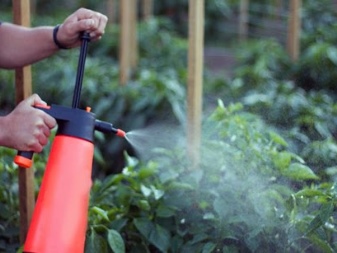
What fertilizers should you use?
Cucumbers in a greenhouse need regular and thoughtful care. Even with a lack of watering, the fruits are bitter. But the lack of nutrients can lead to the fact that there will be practically no yield. It is important to correctly combine organic and mineral fertilizers. Complex formulations are considered the simplest option.
Folk remedies are affordable and easy to use. It is only important to adhere to the recipe and dosage. Cucumbers can be fed in a variety of ways. The main thing is that they have enough nutrients for proper development. Cucumbers love variety and watering regularly.
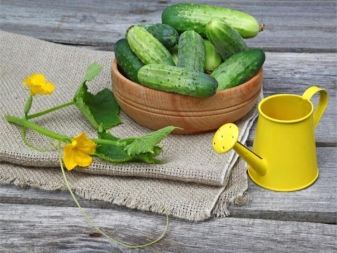
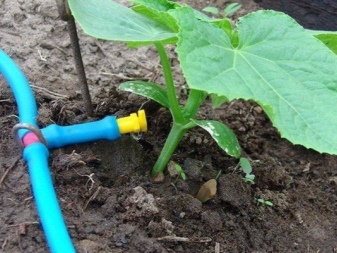
Organic
Fertilizers are used not only in the garden, but also in the greenhouse. Organic matter can improve the composition of the soil, enrich it. In this case, it is important to observe the dosage. Greenhouse cucumbers can be fertilized with these products.
- Infusion of cow dung. The component should be mixed with water in equal proportions. The composition is infused under a closed lid for 7 days. Fertilizer needs to be stirred regularly. After insisting, the composition is filtered. The concentrate is diluted with plain water in a ratio of 1: 10. Pour 1 liter under the root of each cucumber.
- Infusion of bird droppings. This fertilizer has a high concentration. It is important to observe the dosage, otherwise there is a high risk of burning the roots. Any bird droppings can be used, from chicken to turkey. The component with water is poured into the barrel in equal proportions. The container is closed for 8-10 days. Later, the fertilizer must be thoroughly filtered and diluted with clean water in a ratio of 1: 20. Pour 1 liter of the composition under the root onto one bush. Most often, chicken manure is fertilized in the greenhouse.
- Herbal infusion. It is best to use young shoots of nettles and dandelion leaves. Fill the barrel 2/3 with fresh herbs, pour water to the top. The composition is left for fermentation, 7-10 days is enough. The fertilizer is ready when there is a thick foam and a pungent aroma. You can add additional components to speed up fermentation. After preparation, it is necessary to strain the composition and dilute with clean water in a ratio of 1: 5.
Top dressing from ripe hay will improve productivity and prolong the fruiting period. The component is mixed with water in equal amounts and infused for two days in a warm place. Then you just need to decant and apply 1 liter per plant under the root.
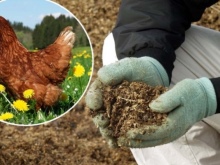


Organics do well in situations where cucumbers do not grow well.
Mineral
Organic matter cannot be applied permanently. It is important to combine them with minerals so that the plants receive all the necessary nutrients. If the cucumbers are growing slowly, then the right approach to feeding will correct the situation. A variety of minerals are used, depending on the stage of plant development.
- Urea. It is enough to add 50 g per 10 liters of water. The solution can be simply sprayed on the leaves or used as irrigation. Urea is rich in nitrogen, which is needed for cucumbers at different stages of development.
- Potassium nitrate. Used 25-30 g per 10 liters of water. The potassium solution is applied by the foliar method.
- Superphosphate. For 10 liters of water, you will need about 50-60 g of the substance. Phosphorus is often combined with other substances.
- Zinc sulfate. Only 0.1-0.2 g per 10 liters is used. The substance is very concentrated, therefore it is important to observe the dosage.
- Manganese sulfate. For 10 liters of clean water, you will need only 0.5 g. It is easier to dilute the composition at once by 20 liters, so as not to be mistaken with the quantity.
- Potassium nitrate. It is enough to dilute 30 g of the substance in 10 liters of water. Cucumbers need potassium in moderation at all stages of development.
The best nitrogen sources are urea and ammonium nitrate. Phosphate fertilizers are superphosphate, potassium monophosphate. Plants also need calcium, which can be added with calcium nitrate or potassium chloride.
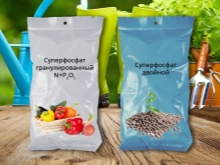
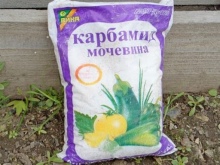

Before using mineral fertilizers, you should evaluate the appearance of the plant.
Complex
Sometimes it is difficult to select fertilizers so as to provide plants with a balanced diet. In this case, you can use complex preparations. The composition is thought out and has all the necessary substances in the right proportions. It is important to observe the proportions that the manufacturer indicates in the instructions.
There are several useful components in the preparations. The tool can be purchased or prepared at home. A balanced diet is important for a harvest. Here are the names of quality preparations for cucumbers.
- Diammofosk. The granules dissolve in water. The solution is easily and quickly absorbed by the plant. The agent should be applied to the ground to a depth of about 8 cm. It is best to apply the agent after planting and before the flowers begin to form.
- Ammofoska. It is very important to adhere to safety measures while working with this substance. Can be used in the greenhouse at any time of the year except autumn.
- Nitrofoska. The drug is in the form of water-soluble granules. Cucumbers respond best to nitrophosphate sulfate. It contains sulfur. The composition is introduced into the soil to a depth of about 7 cm.
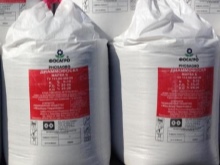
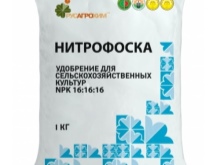
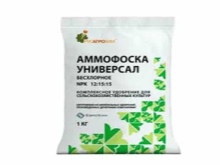
Quality preparations for cucumbers are made by various companies. You can choose a suitable option among the assortment of "Fasco", "Agricola", "Good power", "Clean sheet". These firms have already earned trust. It is important to use all industrial products according to the manufacturer's instructions. Otherwise, there is a risk of harm to the pleasures.
A little more often purchased complex fertilizers are used by beginners. However, care in such a situation is more expensive. Experienced gardeners often independently prepare multi-component compositions for cucumbers in a greenhouse.In any case, it is important to apply fertilizers correctly, in the right concentration and at the right time of development.
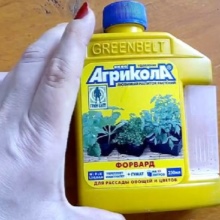
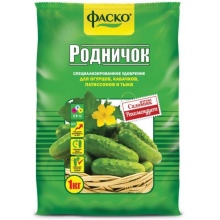
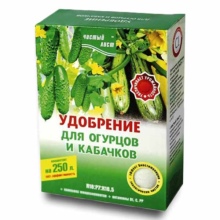
Folk remedies
Fertilizers of this type can be easily made by hand. In most cases, substances are used that are in any home. Food waste is often used. Here are some effective recipes for cucumbers.
- Yeast. It is best to use the dry component in bags. Prepare 5 liters of warm water, add 10 g of yeast and 3 tbsp. l. Sahara. The composition should be infused for 9 hours. Then the concentrate is diluted with 9 liters of warm water. The result will be 10 liters of yeast fertilizer. The plant will need 1 liter of solution. Fertilizer is applied by root method.
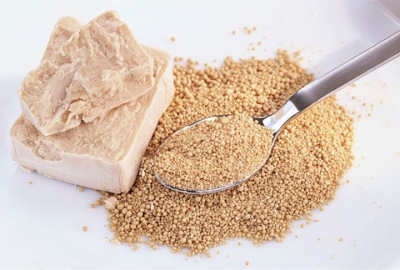
- Onion peel. Fertilizer not only improves the composition of the soil, but also protects against fungi. For 10 liters of warm water, only 200 g of husk is needed. The composition is infused for 3-4 days. The liquid should be filtered and diluted with water in a ratio of 1: 1. The product is used for spraying cucumbers.

- Bread crusts. Fill a small bucket with material 2/3 full. For cooking, you can use crusts, crackers and bread, which has become stale. Water is poured into the container, not reaching the edge of just a couple of centimeters. The bread should be under pressure, even a simple plate will do. The infusion is left for 7 days for fermentation. Later, the fertilizer should be filtered and diluted with clean water in equal proportions. The infusion is used for watering, 0.5-1 l is enough for each cucumber.
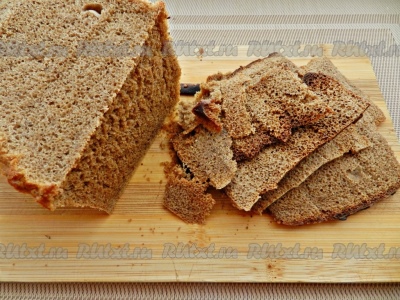
- Nettle. Only a young plant is used. Fill a 10 liter bucket with nettles and fill it with warm water. The container should be covered with a lid or plain plastic. Fertilizer is infused for about 12-15 days. The product is considered ready when a characteristic dung smell appears. Before use, the fertilizer is diluted with clean water in a ratio of 1: 2. The agent is applied by the root method.
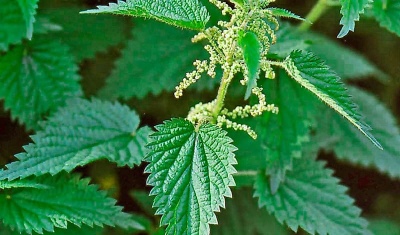
- Ash. The ingredient makes the soil alkaline, so it is important not to overdo it. It is brought in no more than 4 times per season. Ashes can simply be raked around the cucumbers and sprinkled with water on top. In some cases, it is much more effective to use a solution. For cooking, 200 g of ash are placed on 10 liters of water. The solution is infused for about 4-7 days. Later, the mixture is simply filtered and poured under the bush. Enough 1 liter per plant.
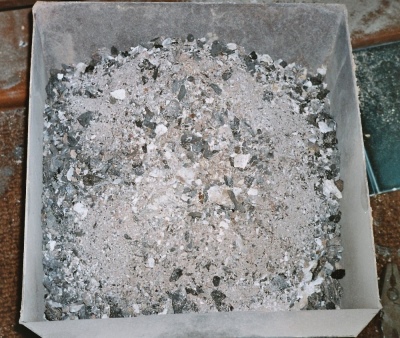
- Hydrogen peroxide. The combination of a pharmacy product with sugar helps protect cucumbers from pests. Peroxide is an antiseptic drug. For preparation, you need to take 50 g of sugar and 1 liter of water for 50 ml of the substance. There is another cooking option. On 1 liter of water put 50 ml of peroxide, a couple of drops of alcohol and a piece of grated laundry soap. The remedy can cure powdery mildew on cucumber leaves. It appears in cold and high humidity conditions. Pour 2 tbsp into 1 liter of water. l. peroxide. The fungicide is used to spray the leaves. Additionally, peroxide is used to stimulate growth. The pharmaceutical product contains oxygen and hydrogen. The product improves the natural immunity of cucumbers. For cooking, put 300 ml of peroxide on 1 liter of water. To activate growth and prevent diseases, plants should be sprayed with a solution.
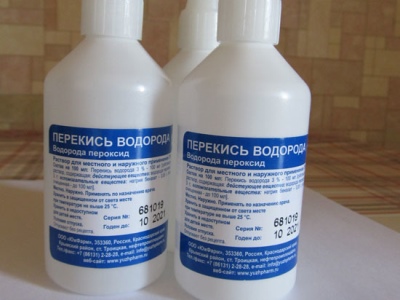
- Boric acid. The substance is quite simple to use. You need to take 1 tsp. boric acid and dilute in a little warm water. A liquid with a temperature of 45-50 ° is suitable. The concentrate should be diluted with another 2 liters of water. The composition is used for spraying stems and leaves.

It is not worth using iodine in a greenhouse. This remedy protects cucumbers well in the open field from a variety of diseases. You can use folk recipes every 7-10 days. This combines spraying and watering. If the dosages and concentrations are observed, this type of fertilizer does not harm cucumbers.

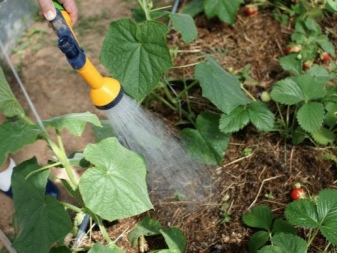
Application frequency and features
Cucumbers are distinguished by the rapid development of shoots and fruits. At the same time, the rhizomes of plants are on the surface and are poorly developed. Therefore, it is so important to nourish the plants at every stage of development, even at the final harvest. Soil enrichment is a preparatory work that is carried out before planting cucumbers.
Root feeding is carried out by complex means and folk methods. Minerals are also added in this way. Watering is calculated based on the land area. So for each square meter, you need to pour 3 liters of the composition. Some fertilizers are used in smaller quantities, which is indicated in the recipe.
Foliar dressing is used in combination with the previous method. Fertilizers by this method are applied as needed.
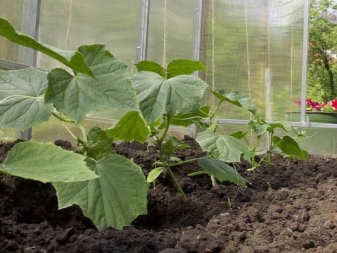
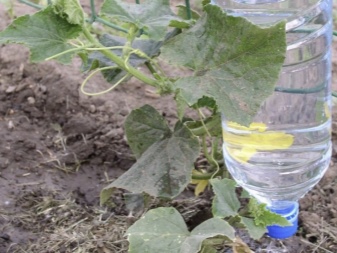
It is important for cucumbers that there is a lot of organic matter in the soil. At the same time, they also need spraying.
Winter feeding in greenhouse conditions is carried out every 2 weeks. It is necessary to alternate minerals with organics. Usually, the same means are used as for growing in the open field. At the same time, it is important to think over the feeding schedule.
Successful cultivation of cucumbers in a greenhouse is possible only with the right approach to plant care. You should draw up a schedule in advance and think about what exactly to feed. It is also important to adjust the selected fertilizers in the event that the plants begin to grow poorly or get sick. The feeding schedule and recommendations are as follows.
- The first time to fertilize is necessary at the moment when the first 2-3 leaves appear. At this time, the nitrogen content in the soil is especially important. Usually, urea or ammonium nitrate becomes the first feeding. In the first case, fertilizer is first applied, and watering with clean water is carried out from above. In the second, it is enough to simply enter the composition at the root.
- During the flowering of cucumbers, it is necessary to re-fertilize. At this time, the plant needs potassium most of all. Quite often, flowering cucumbers are treated with ash. It is easiest to use a solution, however, you can add the component in its pure form. When the cucumbers have bloomed, boron should be added. Usually, the lack of a component is compensated for with folk remedies. Boric acid solution is introduced by foliar method.
- Already after 7-14 days, the cucumbers should be fertilized again. It is best to use mullein or chicken droppings. Fertilizer is applied by the root method.
- The last dressing is optional. Most often, the same fertilizers are used as in the previous case.

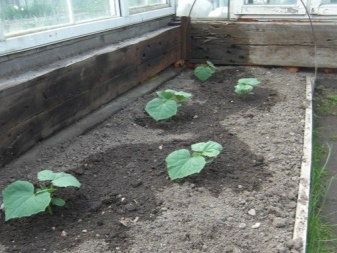
The main fertilizers are applied in stages of development. However, there can be unpredictable situations in a greenhouse. So sometimes the first one after planting seedlings is carried out in cases where the sprouts are very weak. You can also spray for ovaries outside of the schedule.
In a polycarbonate greenhouse, favorable conditions often arise for the development of fungi and powdery mildew. In such situations, therapeutic spraying is carried out. They go outside the standard feeding schedule. And it is better to do regular prophylaxis at all.
The timing of fertilizing depends on how the plant develops. It is important to fertilize in stages, taking into account the needs of the cucumbers. Immediately after germination, the plant grows actively and requires a large amount of nitrogen and nutrients. If everything is done correctly, then cucumbers will give a good and high-quality harvest.

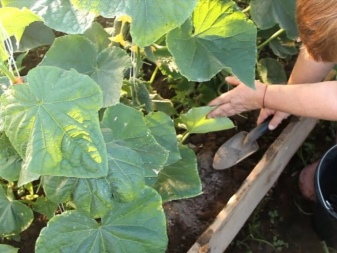
Useful Tips
It is important to adjust the composition of dressings depending on the needs of the plant. Harm is caused by both a lack of trace elements and an excess. For novice gardeners, it is especially difficult to find the right care. Simple tips will help you figure it out.
- With a lack of magnesium, cucumber leaves become covered with yellow-green spots. An excess of substance leads to the death of the root system. At the same time, the leaves begin to curl and darken.
- Lack of calcium is also reflected in the sheets. They begin to turn yellow, die off and deform. If there is too much substance, then the cucumbers begin to age quickly. In this case, nutrients are poorly absorbed, symptoms of iron deficiency may appear.
- The lack of potassium is manifested by yellow spots on the leaves. Outwardly, they look like sunburns. If you do not solve the problem, then the leaves will completely fall off, and the fruits will become pear-shaped. If there is a lot of potassium in the soil, then burns appear on the edges of the leaves. Mosaic spots may appear at all. As a result, the leaves die off.
- The low nitrogen content in the soil is easy to see. The lower sheets turn yellow and fall off. Cucumber fruits become pointed, change color. If there is a lot of nitrogen, then necrotic stripes form at the edges of the leaf.
- Lack of phosphorus slows down the growth of cucumbers. As a result, the formation of new leaves slows down. The plates themselves become grayish. If there is a lot of phosphorus, then the growing season ends ahead of schedule. Shoots on the sides lose leaves.
- Iron deficiency leads to the formation of chlorosis. With this disease, the leaf plates lose their color, and the pigment remains only in the veins. It is interesting that cucumbers practically never have an overabundance of this element. Iron is quickly washed out of the soil with regular watering.
- Lack of copper leads to blanching of the leaf, the greens quickly fall off, and the shoots begin to wither. With an excess, it develops chlorosis. Later, brown spots form on the leaves.
- With a lack of boron, growth points die off, cucumbers lose productivity. But the excess of the substance leads to the formation of a bright yellow rim on large sheets. Later, small yellow spots appear on the tops and dieback begins.
- If the fruits began to taste bitter, then the problem often lies in insufficient watering. Also, the reason may be in sudden changes in temperature during the day. It is important to provide watering with warm water both under the root and throughout the garden.
It happens that it is difficult to pinpoint the exact cause of a plant's poor health. In this case, you can simply use a complex remedy with trace elements. With an excess of minerals, more intensive watering should be provided.
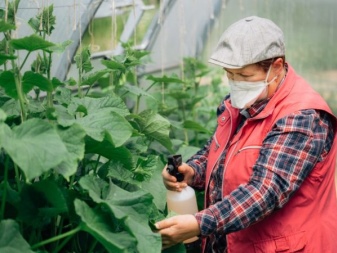
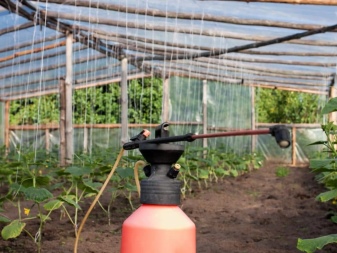
So all the excess will simply be washed out of the soil.
All about feeding cucumbers in the greenhouse, see the video below.













The comment was sent successfully.